

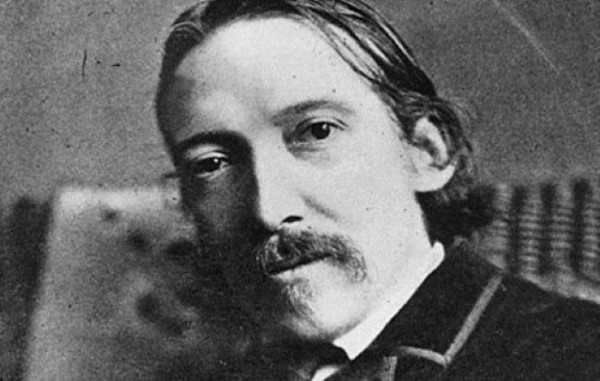
Robert Louis Stevenson’s marvellous late Victorian chiller, The Strange Case of Dr Jekyll and Mr Hyde, is very short, being barely one hundred pages long. It is also very vague and though set in London, there are few London landmarks.
We know nothing of what Edward Hyde, Jekyll’s alter ego, looks like, except that everyone who sees him finds him repulsive. Nor do we know of what the nameless debauches that Hyde goes on consist. We only see Hyde coming into and going out of the world of Jekyll.
This vagueness has allowed almost limitless interpretation, united only by agreement that Hyde is an aspect of Jekyll and therefore played by the same actor both on stage and in film.
As far as I know, there is only one version which splits the two, which is an Australian ballet. This allows for an emphasis on the transformation effects beloved of Victorian theatre, of which film is basically an extension, but at the expense of any psychodrama or exploration of the kind of internal conflict with which Stevenson hints.
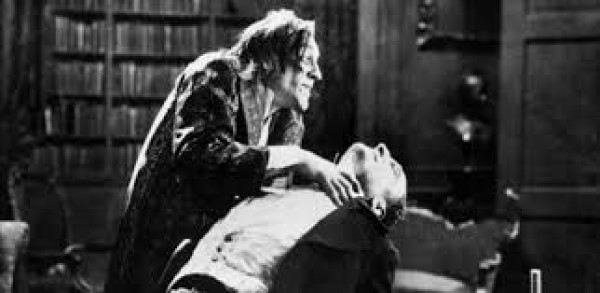
Any specifying of these hints must of necessity narrow the scope and make it less archetypal. However, there are compensations which in terms of gay theatre pay dividends.
I started from the point of the following observations, which to me justified the shape of the project and the changes I made. If you go back to the original story, there are some things to note:
It is about Edinburgh, Stevenson’s home city, not London. Look at the geography and the descriptions. It's the medieval Old Town with its labyrinths of twisted passages v New Town, with its wide and rational Georgian terraces and grid streets. Edinburgh also means Calvinism and original sin.
Jekyll is a philanthropist with high aspirations. Hyde is described as an ‘ape’. Jekyll actually gets shorter in transformation! This work couldn't have been written without Darwin being current and controversial; Stevenson clearly accepts the origin of species. The book plays out the old conflict of ape in man versus the higher essence of human brainpower, ideals, and morality. Also, it ties in with Freud, shortly to come.
This alteration of context allows other themes to emerge, the greatest of which is class. Karl Marx died two years previously, and there were many novels about the ‘condition of England’ in circulation, by Dickens, Charles Kingsley, and Mrs Gaskell, to name but three authors. These illustrate all too vividly the ambiguous attitude which high-minded Victorians had towards ‘the poor’.
On the one hand there is instinctive repulsion from the dirty, smelly, chaotic teeming throngs lurking in back alleys and markets, ready to do you over for a silver sixpence. On the other, there is a high-minded belief that the poor would not be so awful if they could be smartened up, fed properly, given some education, and cured of diseases.
The nightmare remains: what if the poor when improved are still terrifying? What if they want more than patronage, hand-outs, and condescension? What if they demand equality and justice? There is an element of class panic in both the book and the opera.
Hyde is young, Jekyll is old. Hyde is experiment, Jekyll is security. In musical terms of the late 19th century, Jekyll is Parry/Elgar, Hyde is Mahler/Schoenberg/Richard Strauss. Strauss, be it noted, set Wilde’s Salome to music, and Jekyll and Hyde had a strong influence on The Picture of Dorian Gray, Wilde’s tale of hidden desires and fetishism. True, Jekyll experiments with science, and a paean to scientific progress follows. But his scientific progress is essentially geared to keeping things exactly as they are.
Jekyll and Hyde shows the pervasive nature of an all-male world. Where Holmes and Watson have Mrs Hudson, Jekyll has a butler, Poole, with nameless maids lurking in the background. Everyone has secrets. There are numbers of locked doors, cupboards etc. The book is peppered with closets, both literal and figurative.
The book was published on 5 January 1886. This is less than five months after the enactment of the Labouchere Amendment which creates the crime of Gross Indecency between men (Section 11 of the Criminal Law Amendment Act 1885).
Four years later is the Cleveland Street scandal, involving post office boys plying as prostitutes and the higher echelons of society. Section 11 will be used within nine years against Oscar Wilde, who described the frisson of rough working-class trade as ‘feasting with panthers’. 1886 is also the year of publication of Krafft-Ebing’s Psychopathia Sexualis.
Everyone is repelled by Hyde, but nobody can say why. There are no physical descriptions of him. He is just ‘evil’. To a revisionist audience, he can/should be beautiful, only seen as ugly by those around because of his obvious ‘sin’.
He needs to be beautiful, because there must be some objective attraction to seduce Jekyll in so disastrous a manner. Repulsive evil wouldn’t hack it, if it weren’t desirable and the closeted Jekyll is seduced as Wilde was by a beautiful young panther.
Originally, I conceived Hyde as a dancer, an elegant and pale Adonis like something out of an Aubrey Beardsley drawing. However, if he is only a dancer, there is no point where Jekyll and Hyde can meaningfully intersect.
By having the two characters played by two actors, you have the opportunity to dramatize the duality of man’s nature, and also the dynamics of the struggle between them. It becomes a living, fluid battle, with one getting the upper hand and then the other.
This reflects externally the battle that people engage with during the process of coming out – lucky the one who is formed homosexual and certain entire, springing like Pallas Athene fully armed from the forehead. Life, real life, is much more a case of one step forward, two steps back.
This is a text waiting for music. I am convinced that it needs music and that the gothic form dictates a kind of full-blooded operatic music so characteristic of the nineteenth century.
Verdi, Puccini, Donizetti, Rossini in their serious modes, are all essentially melodrama. There is as yet no composer for it, and my regular collaborators are fully committed to other projects with me at present. So, I am in the market for new offers of collaboration, if the material appeals.
Meantime, I think it may lend itself to reading as a verse drama, like the texts of A Gay Century.
Peter Scott-Presland, December 2020
Read the Script
All work is copyright of Peter Scott‐Presland. Anyone interested in performing all or part of it should Contact Us
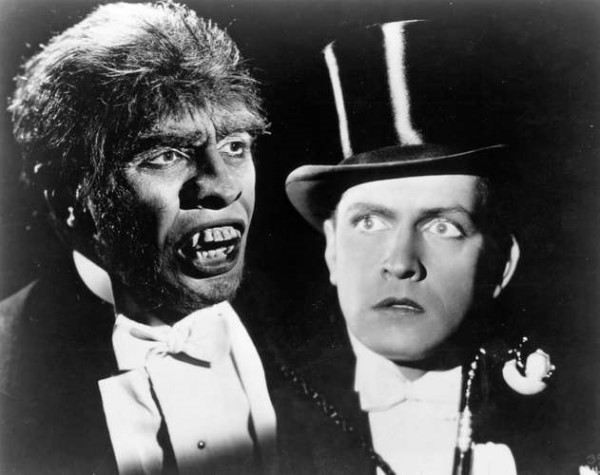
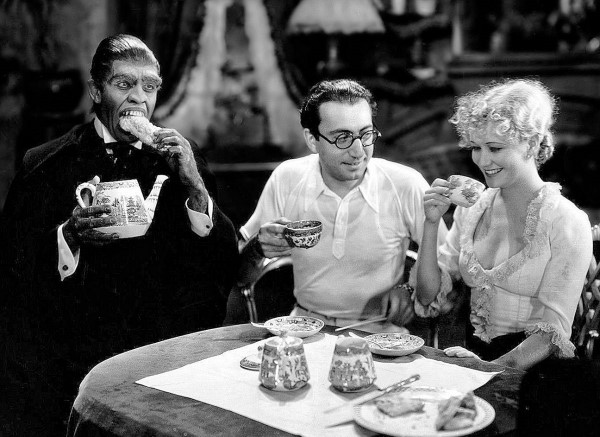
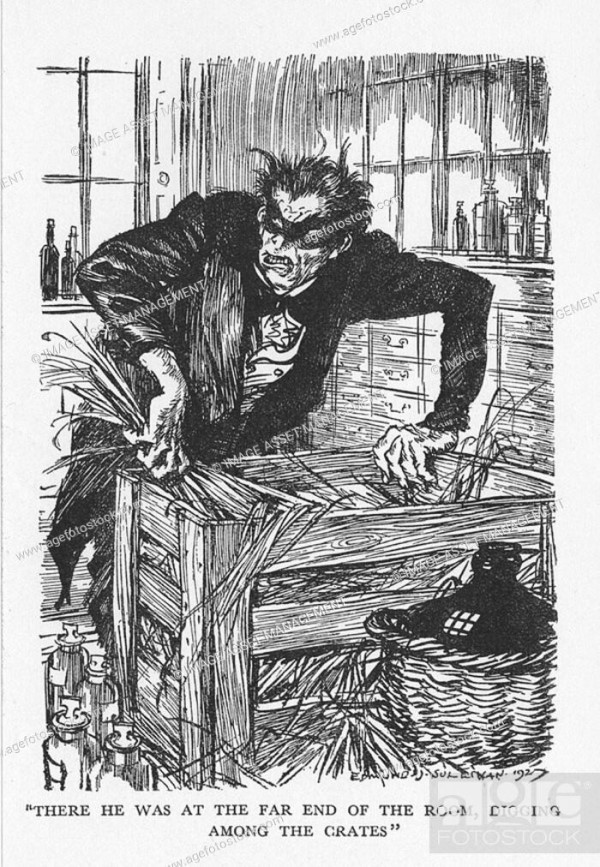
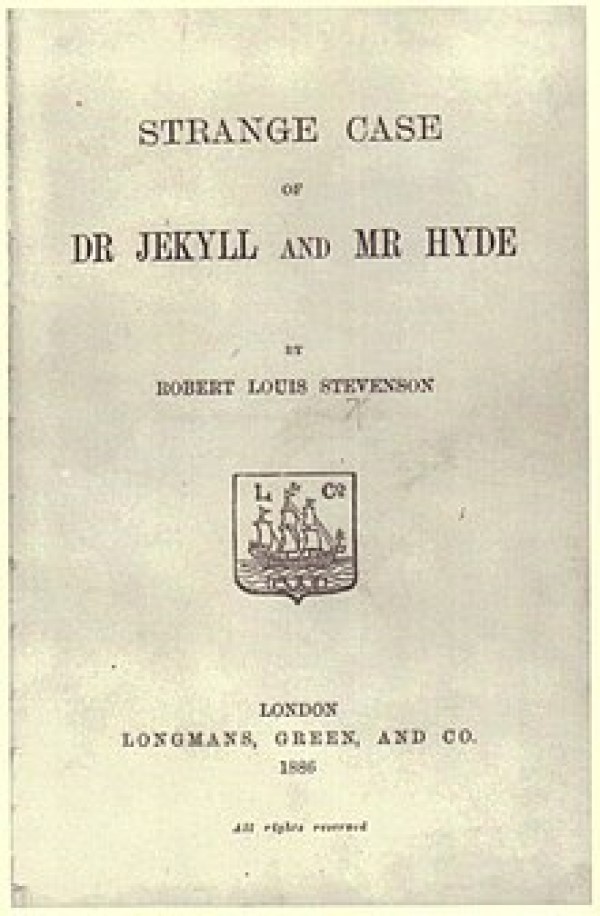
This website uses Cookies
© Homo Promos